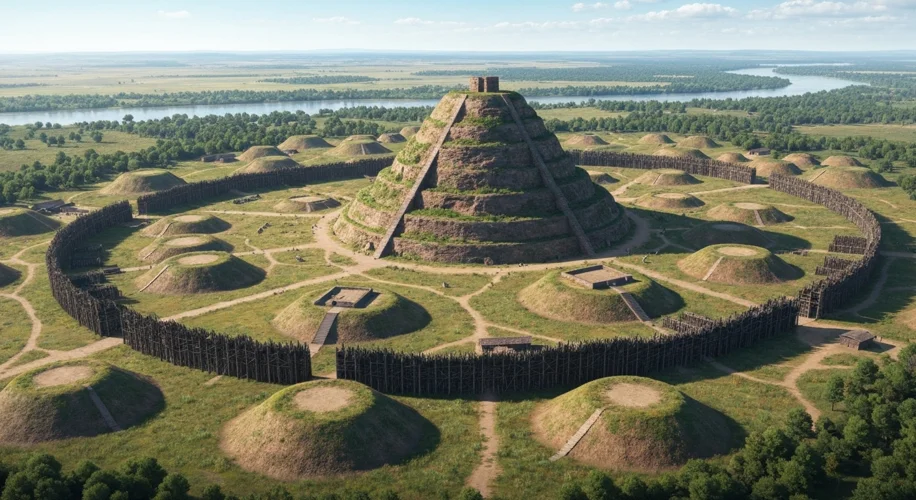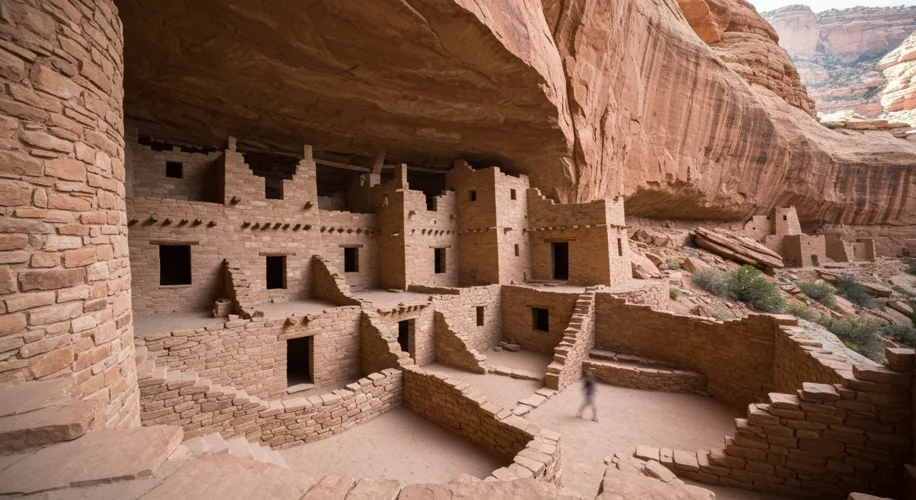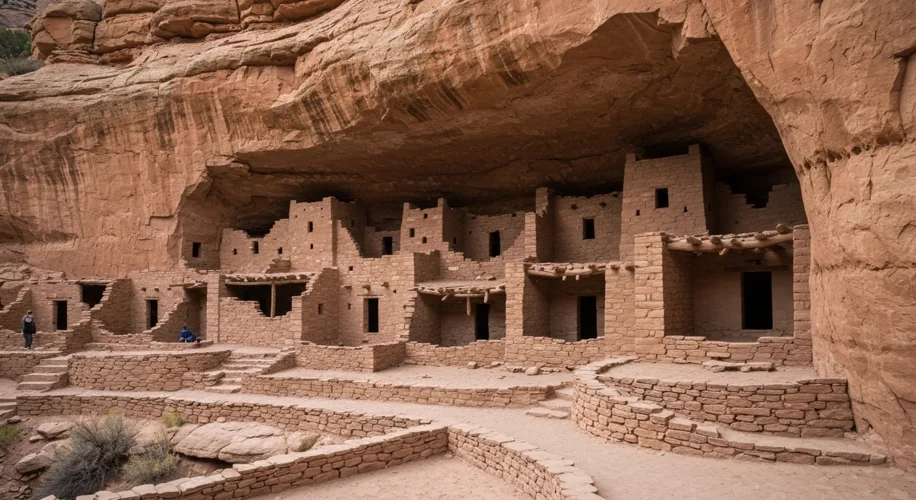Long before the arrival of European colonists, the vast North American continent was home to thriving civilizations, many boasting urban centers that rivaled those of the Old World in complexity and scale. Yet, the stories of these magnificent cities, like Cahokia and the Ancestral Puebloan centers of the Southwest, are often relegated to the footnotes of history. Let’s journey back in time to unearth the echoes of these lost metropolises.
The Mound Builders: Masters of Cahokia
Imagine, if you will, a bustling city of tens of thousands, situated on the fertile floodplains of the Mississippi River, near modern-day St. Louis. This was Cahokia, the sprawling capital of a sophisticated Mississippian culture that flourished from roughly 1050 to 1350 CE. At its heart stood Monks Mound, a colossal earthen structure covering over 14 acres and soaring 100 feet high – larger at its base than the Great Pyramid of Giza!

This wasn’t merely a collection of huts. Cahokia was a meticulously planned urban center with a dense population, a complex social hierarchy, elaborate ceremonial plazas, and a formidable wooden palisade encircling the core. Its influence stretched for hundreds of miles, evidenced by trade goods found from the Great Lakes to the Gulf Coast. The Cahokians were master astronomers, aligning their structures with celestial events, and skilled engineers, moving millions of cubic feet of earth to construct their monumental mounds.
But like many great cities of the past, Cahokia’s story is one of rise and fall. By the late 13th century, the city began to decline, and by 1400, it was largely abandoned. The reasons remain a subject of scholarly debate, with theories ranging from environmental degradation and resource depletion to social unrest and climate change. Whatever the cause, the people of Cahokia left behind a powerful testament to the ingenuity and complexity of pre-Columbian North America.
The Sky Cities of the Ancestral Puebloans
Turning our gaze westward, we encounter another remarkable chapter in North American urbanism: the Ancestral Puebloan civilization of the Southwest. Flourishing for centuries in the arid canyons and mesas of Arizona, New Mexico, Utah, and Colorado, these people, often referred to as the Anasazi, constructed breathtaking cities carved directly into cliff faces or built atop high mesas.
Consider Mesa Verde in Colorado, a UNESCO World Heritage site that showcases a spectacular collection of cliff dwellings. Cliff Palace, for instance, is a multi-story stone structure housing over 100 rooms, nestled within a vast alcove of a sandstone cliff. Imagine the daily lives of its inhabitants: tending crops on the mesa tops, then descending ladders to their sheltered homes, their lives intimately connected to the dramatic landscape.

Other significant Ancestral Puebloan centers include Chaco Canyon in New Mexico, a major hub of trade, ceremony, and administration, characterized by its massive

